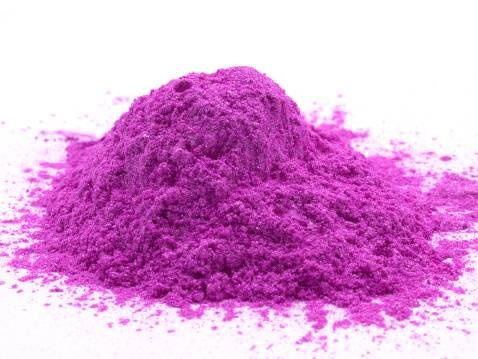
In 1856, William Henry Perkin, then age 18, was given a challenge by his professor, August Wilhelm von Hofmann, to synthesize quinine. In one attempt, Perkin oxidized aniline using potassium dichromate, whose toluidine impurities reacted with the aniline and yielded a black solid, suggesting a "failed" organic synthesis. Cleaning the flask with alcohol, Perkin noticed purple portions of the solution.
Suitable as a dye of silk and other textiles, it was patented by Perkin, who the next year opened a dyeworks mass-producing it at Greenford on the banks of the Grand Union Canal in Middlesex.[10] It was originally called aniline purple. In 1859, it was named mauve in England via the French name for the mallow flower, and chemists later called it mauveine.[11] By 1870, demand succumbed to newer synthetic colors in the synthetic dye industry launched by mauveine.




.jpg)



RSS feed for comments to this post